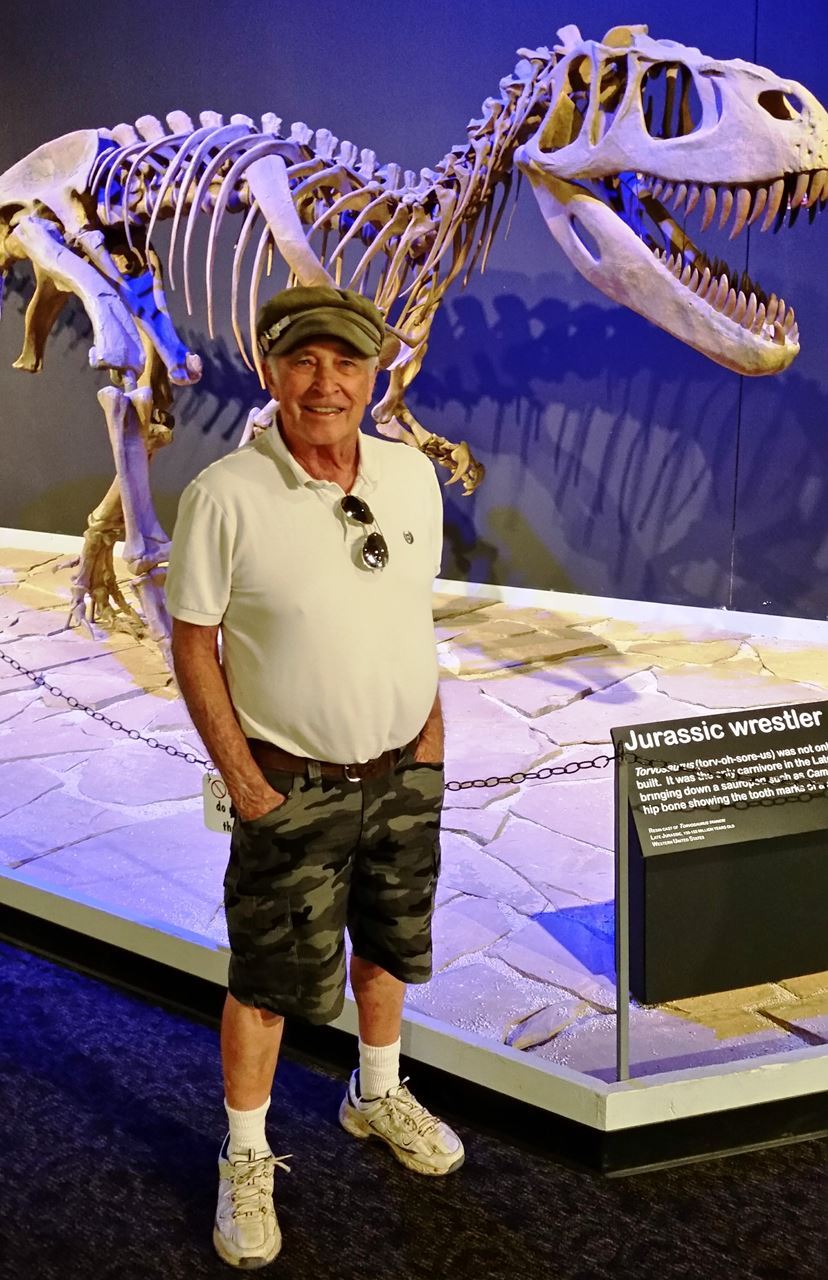Abstract: Through the 1970s & 80s, ISR methodology pursued every metal lending itself to dissolution with lixiviants composed of oxidants and a complexing agent. Numerous tools were developed and employed to analyze well field performance. Uranium was the main target of the day. However, extensive efforts to recover gold, copper, and a host of other metals were pursued by the largest and most capable mining companies. Con Rio Australia (CRA) invested heavily in an ISR approach to mine the Australian deep gold leads, the continuation of the oxidized zones of buried placers that fueled the Australian gold rush of the mid-1850s.
This effort recounts the “Lessons Learned” through CRA research and how they apply to current efforts in Arizona to study and bring to fruition In-Situ leaching for the vast oxide copper resources. The resilient nature of the deep leads pushed lixiviant research for gold extraction and well field design and analyses to new levels of understanding. Chemical and physical phenomena that were experienced in the course of the research are reviewed. Long leach path testing was developed during this effort and provided the scientific evidence that eventually led to the abandonment of the CRA project Deep Leads Project.
The chemistry of copper leaching is reviewed along with the chemical reactions that attack the gangue minerals that can lead to fatal contamination of the recirculated leach solution and possible precipitation and plugging of the In-Situ leach ore. There is far more chemistry to be considered than can be realized in beaker or bottle roll testing. An alternate to sulfuric acid is presented, along with a unique recovery method to produce cathode copper from low grade acid copper solutions.
Mr. McGrew recounts the history and presents the lessons learned, humorously and thoroughly. Still involved in the ISR industry, Mr. McGrew makes the point, “There is science in the background of everything we do, whether we pay attention to it or not.”

Bio: Mr. McGrew holds his B.S. and M.S. in an obscure corner of extractive metallurgy, dubbed Mineral Dressing Engineering many years ago by metallurgy professors that didn’t want to melt rocks or test the hardness of metals and alloys. Along with his formal training in mineral process plant engineering, he supplemented his rock breaking expertise with every chemistry course available at Montana School of Mines.
A burgeoning hydrometallurgy industry soon led him into first ion exchange for metal recovery and then into testing and design for some of the largest copper heap leach operations in Mainland China while working for Fluor Mining and Metals. Mr. McGrew was the project manager for the In-Situ, Inc. effort to develop a chemical system for ISL gold recovery for the deep leads in Australia. He brings to light a wealth of lessons learned from that experience from the late seventies and also innovated the long leach path testing method for evaluating the chromatographic effects experienced while pushing lixiviants through ore bodies.
Mr. McGrew built and operated the Wharf Resources gold recovery plant at the Annie Creek Mine in Lead, SD. He pioneered winter leaching and was the first to apply buried emitters for solution distribution of cyanide solution to the leach heaps.
Driven out of the Black Hills by his cruel mistress, asthma, Mr. McGrew has lived in the Arizona Desert for thirty years. He owned and operated ReagenTech, Inc. treating metal-waste waters from circuit board manufacturing and plating shops around the American West. He has been more or less retired for ten years but stays busy with consulting, writing, and administration of the Congress School District.